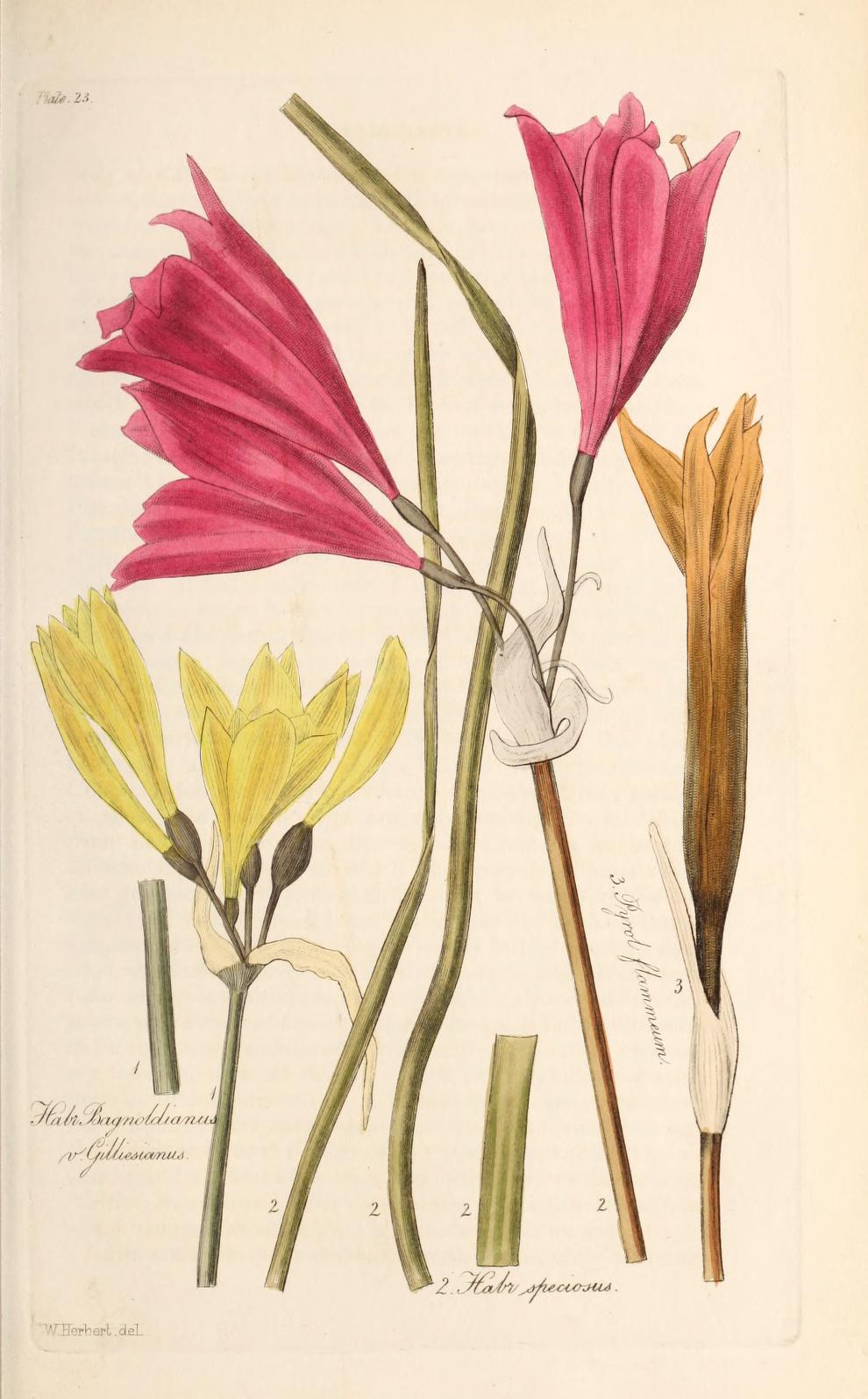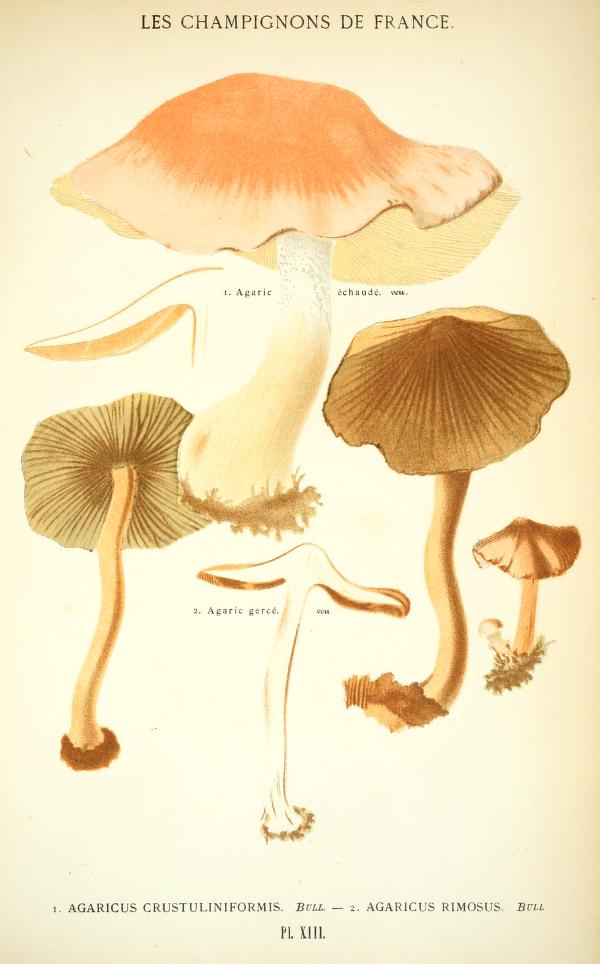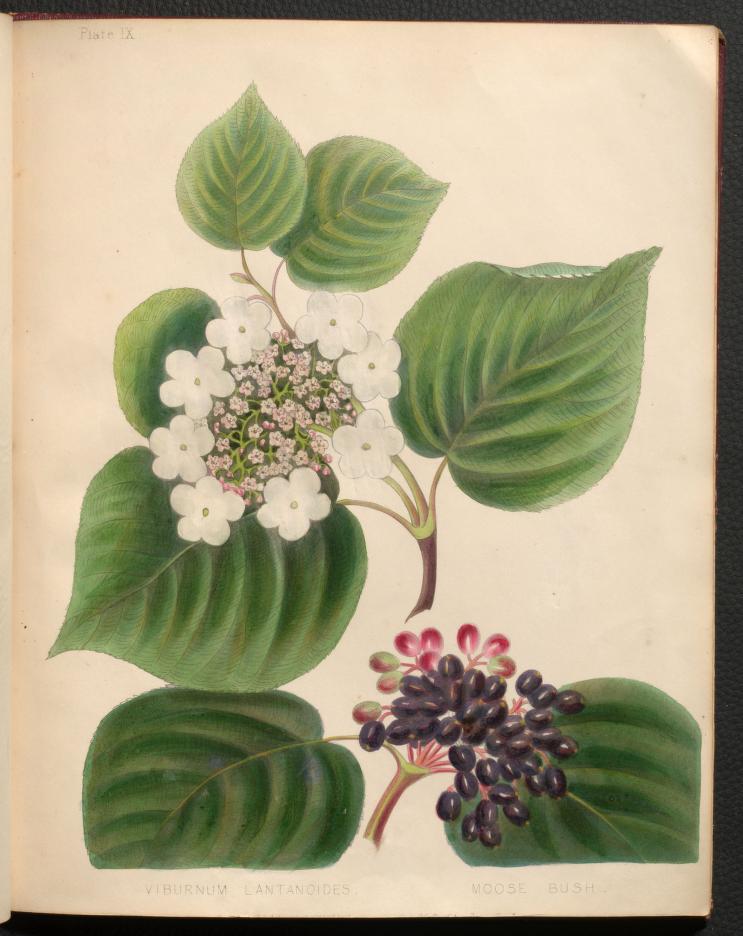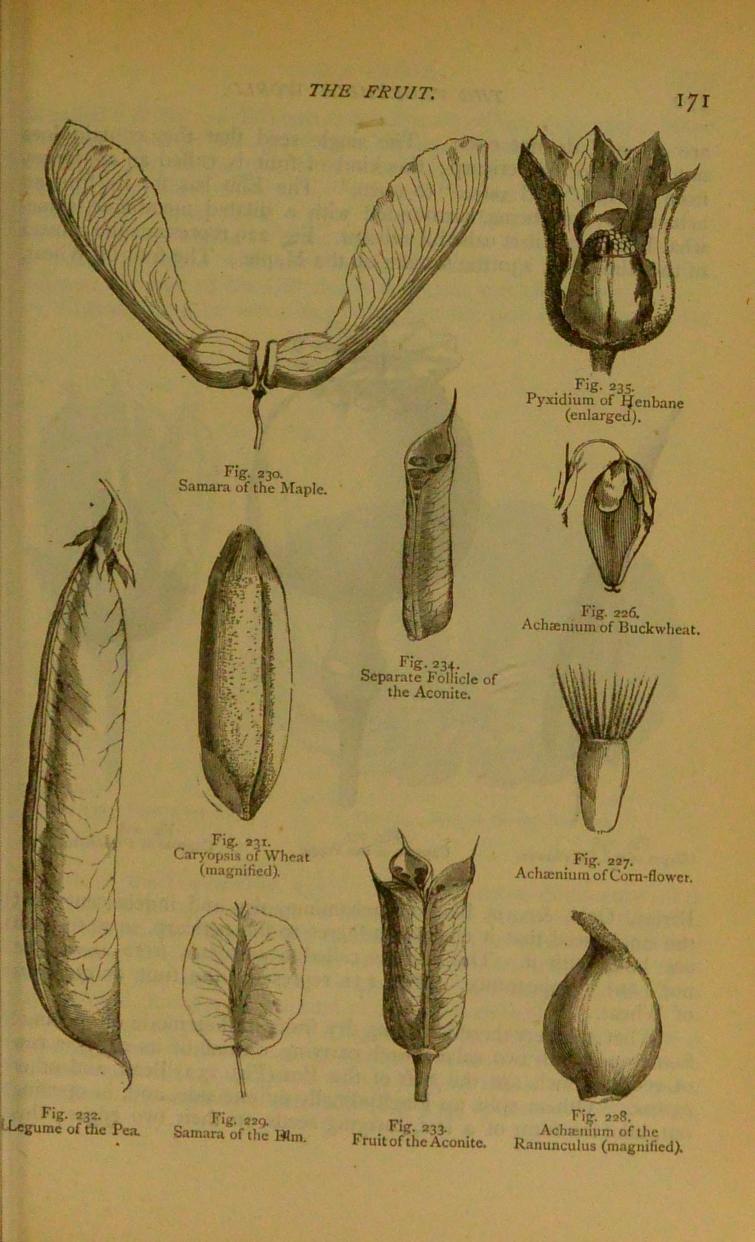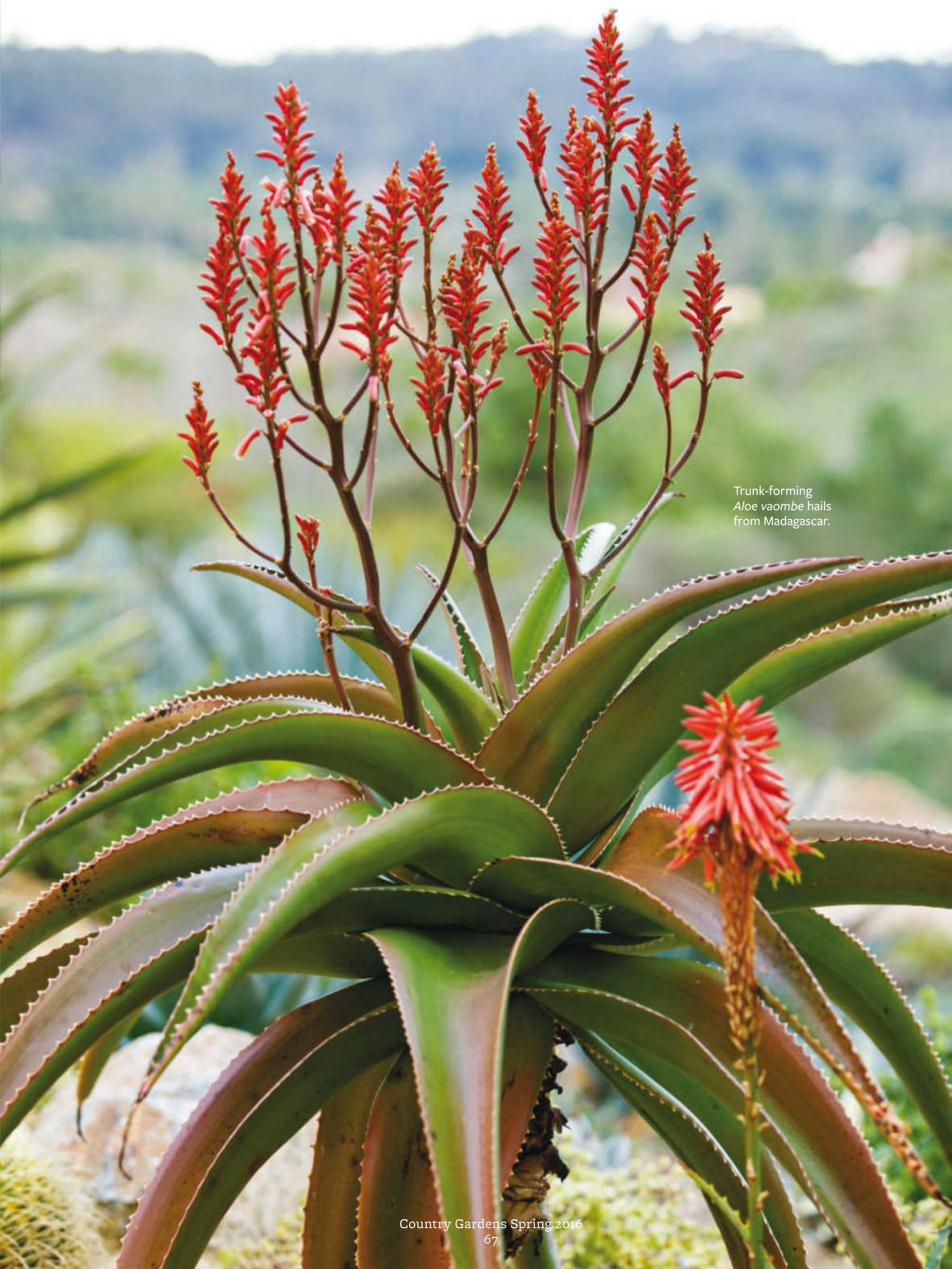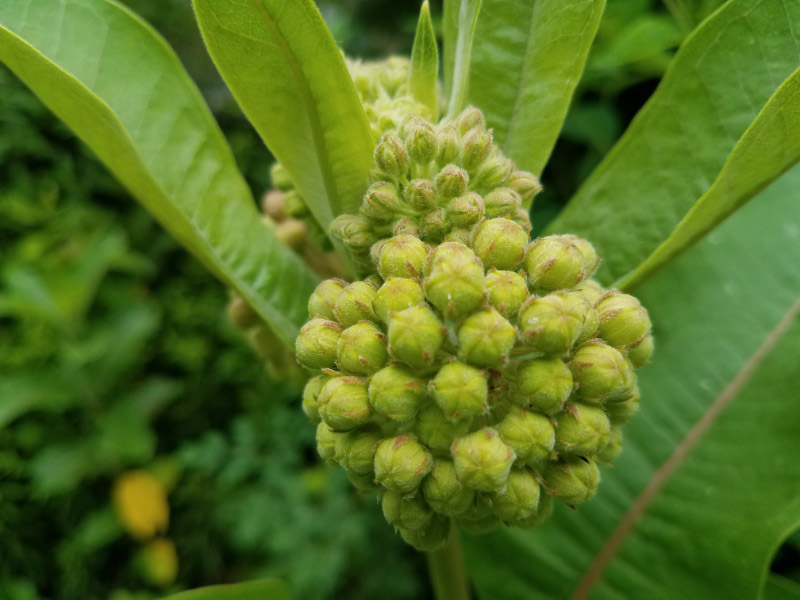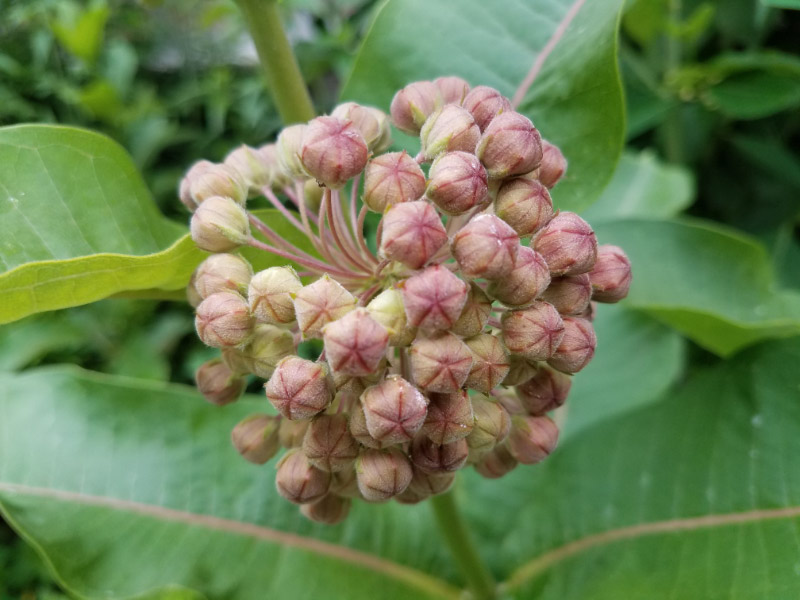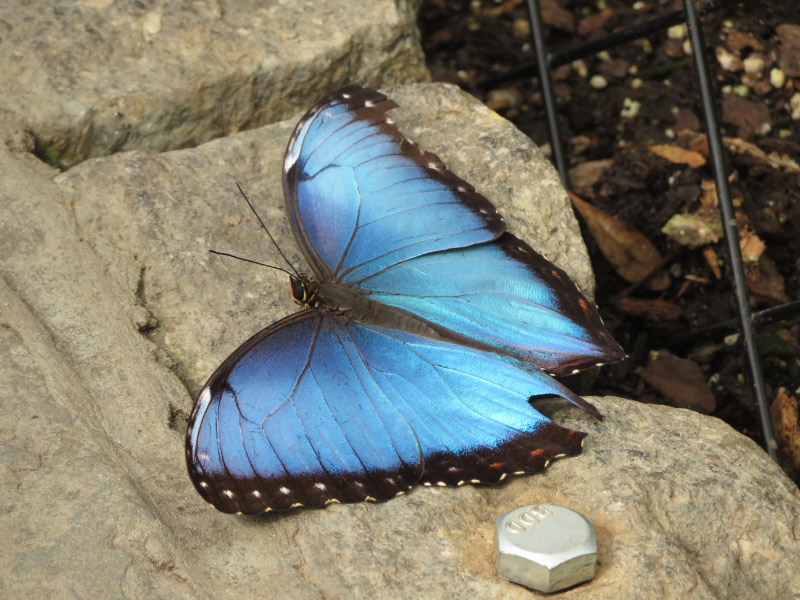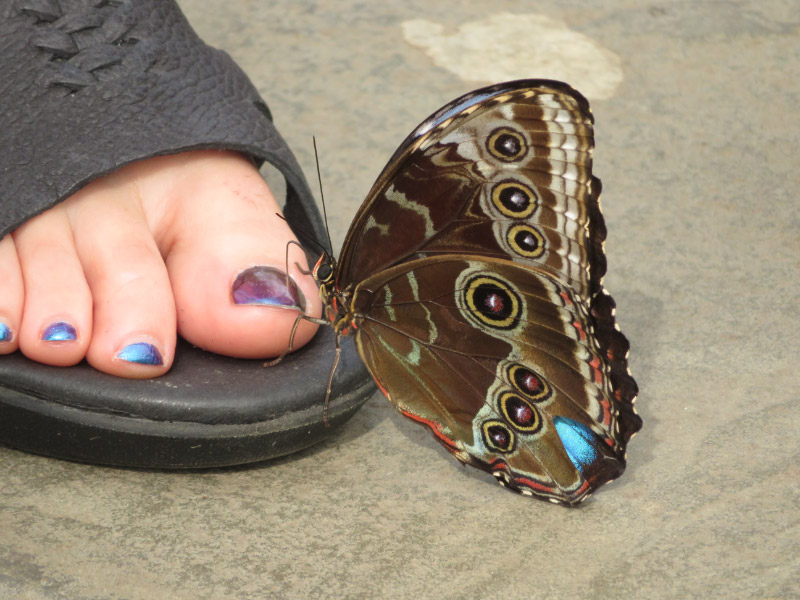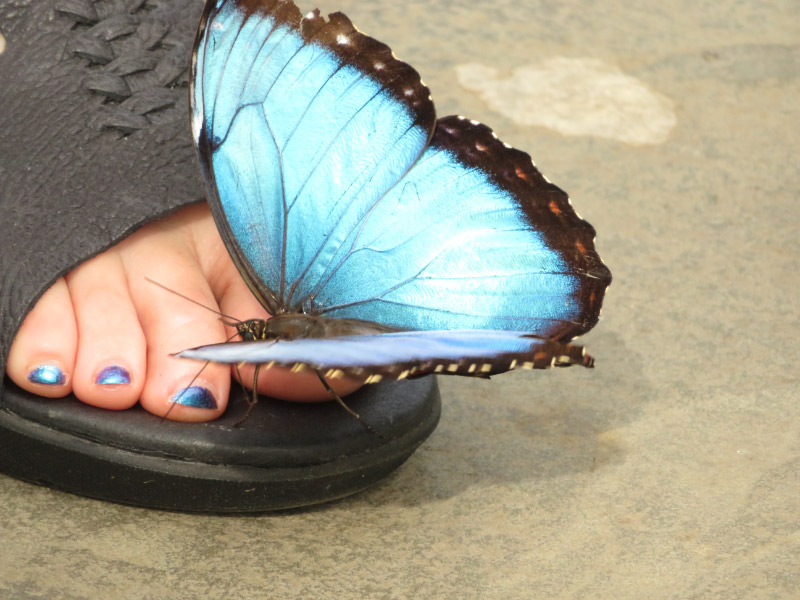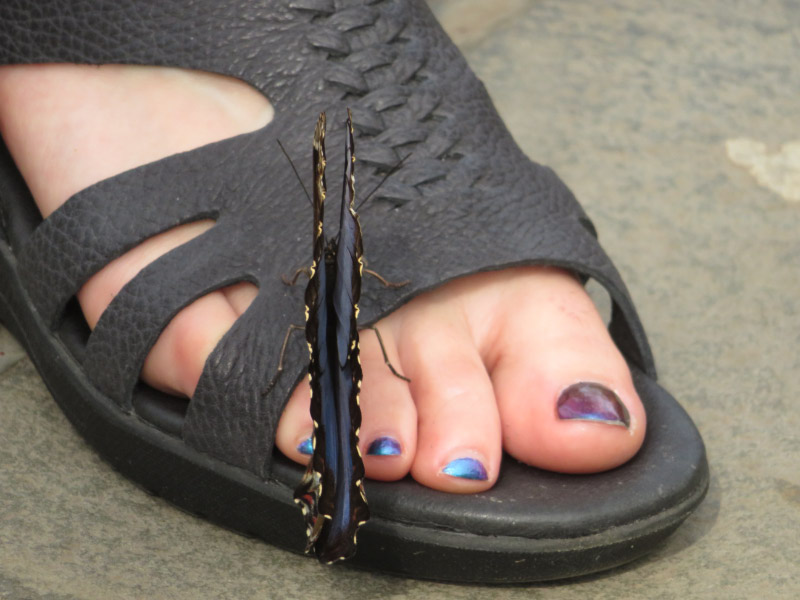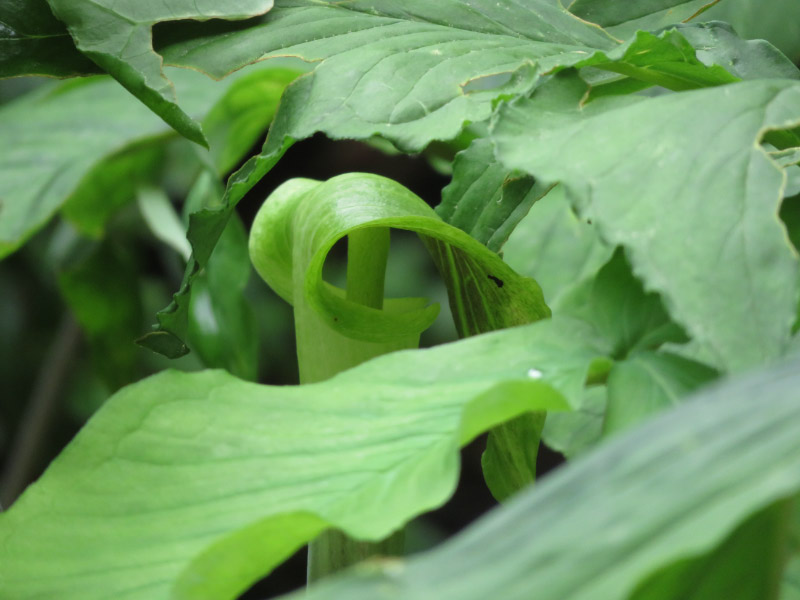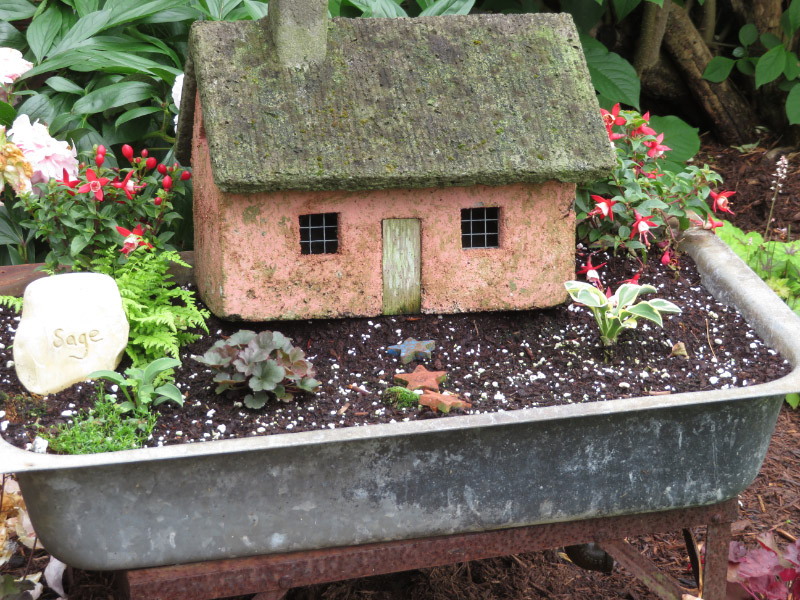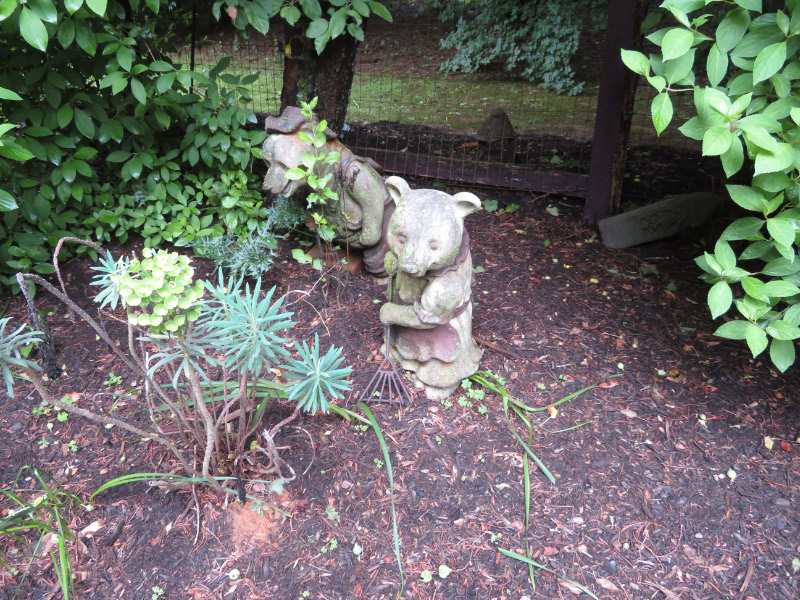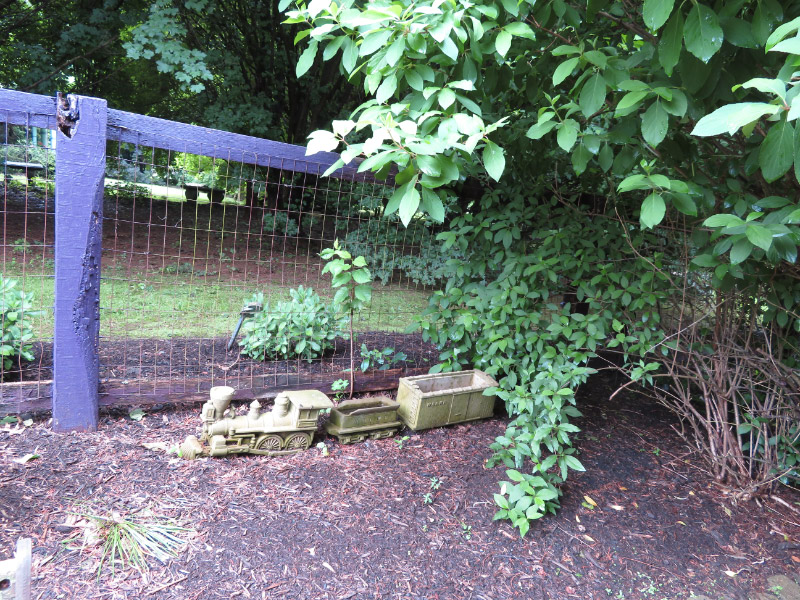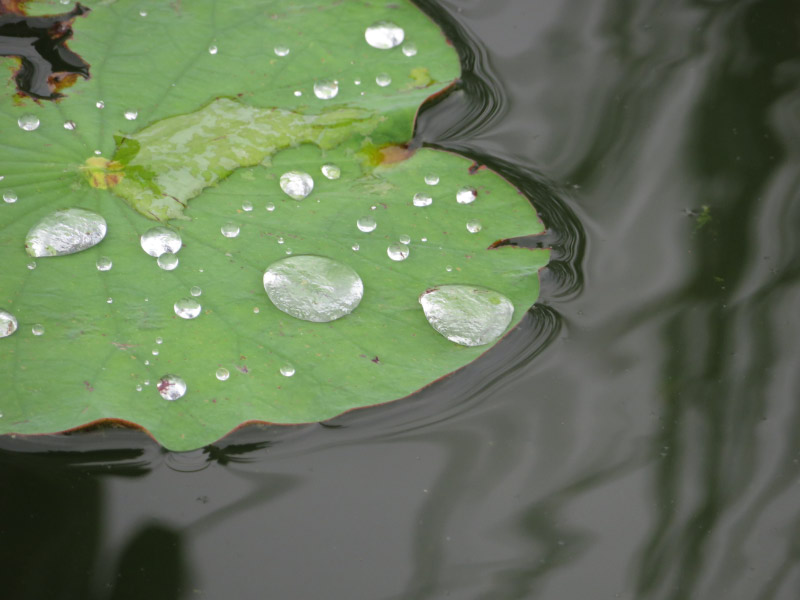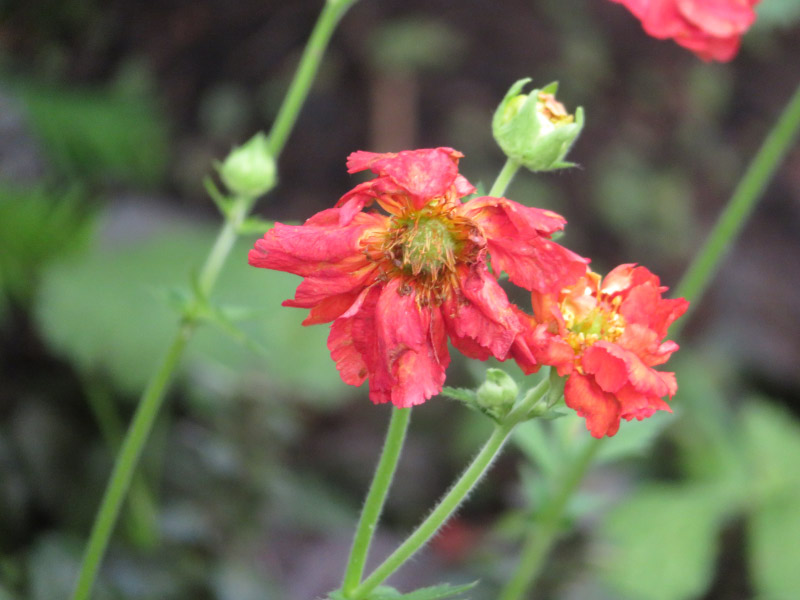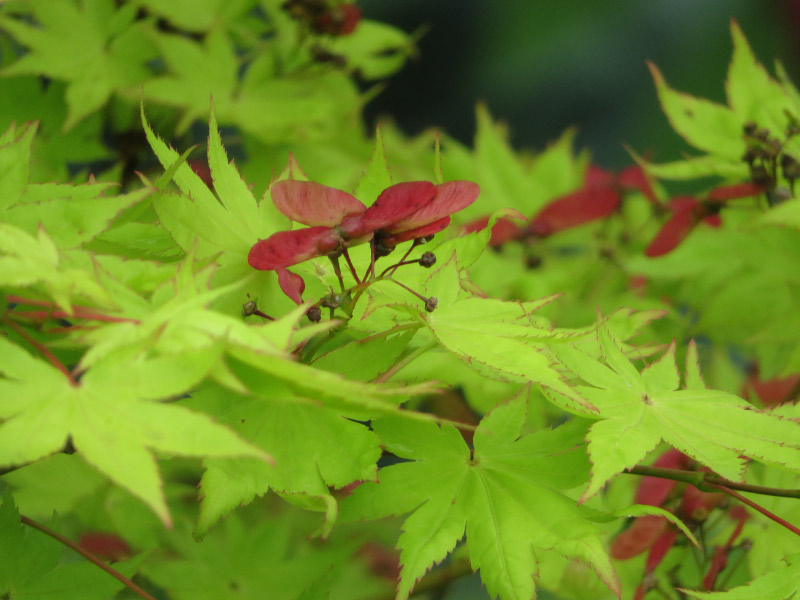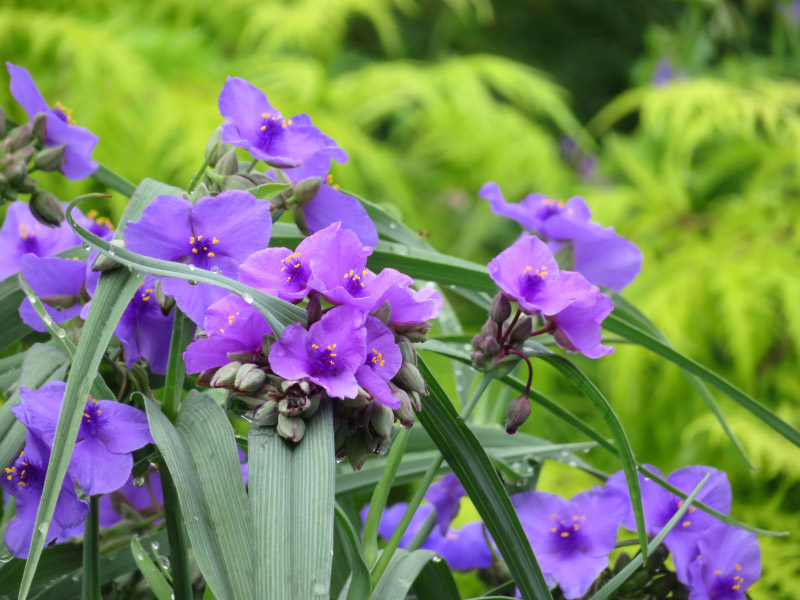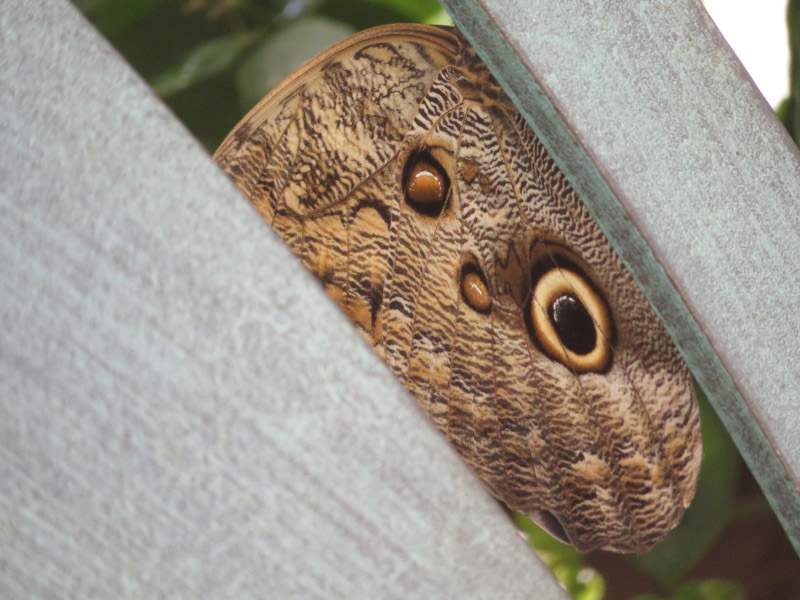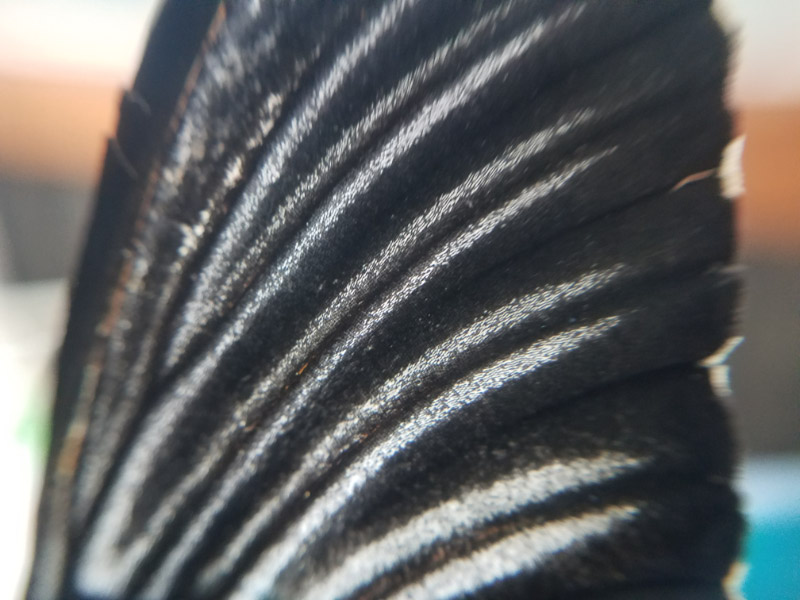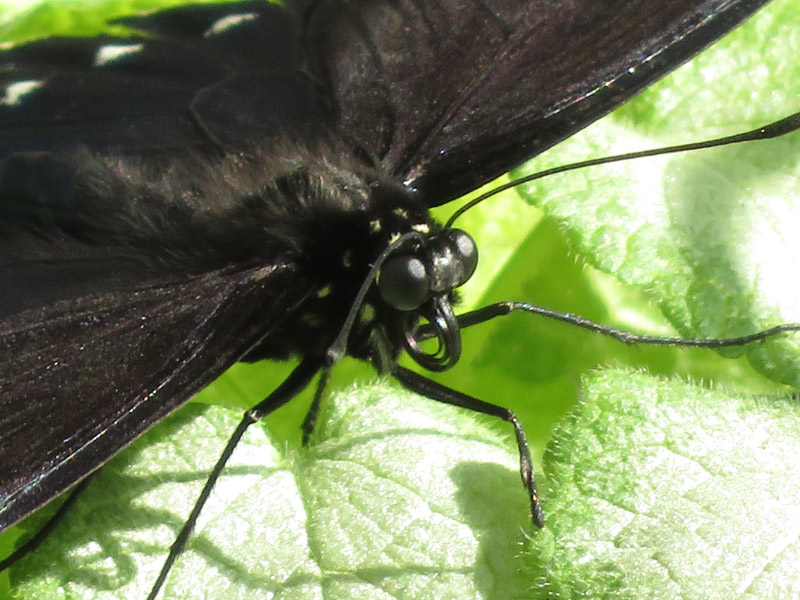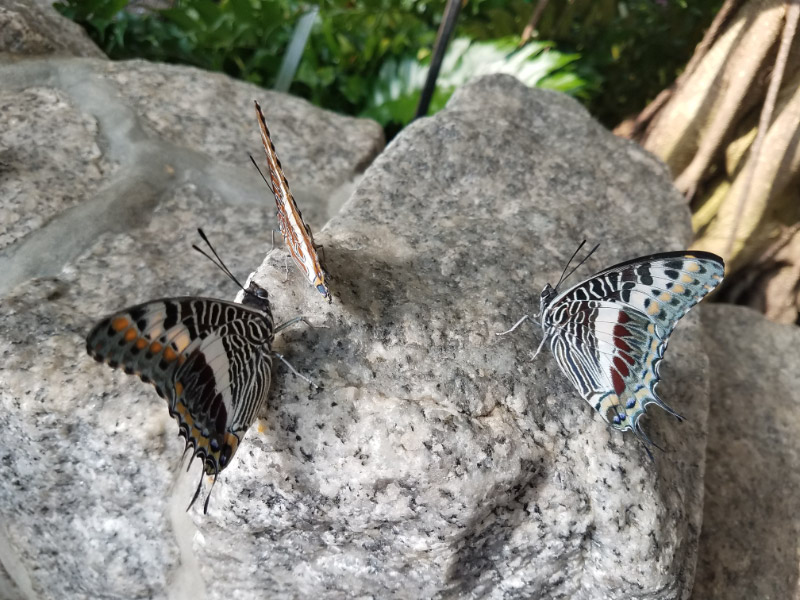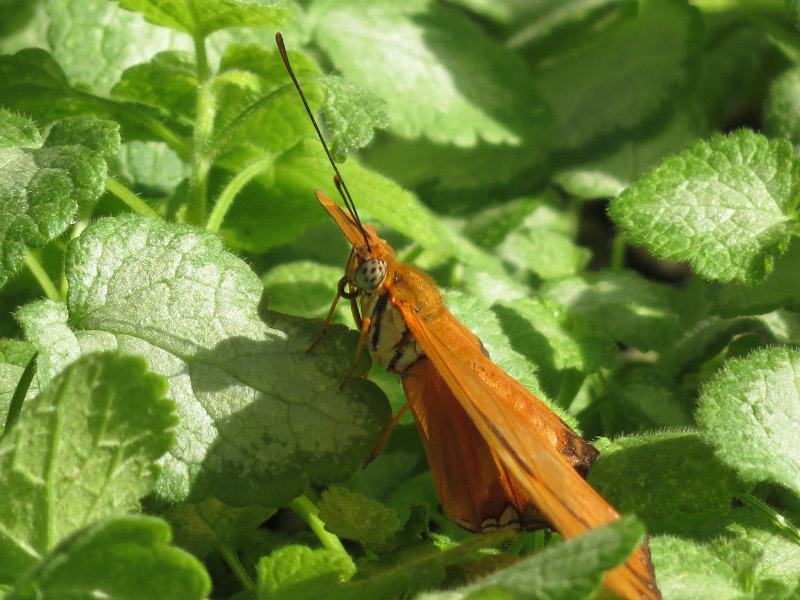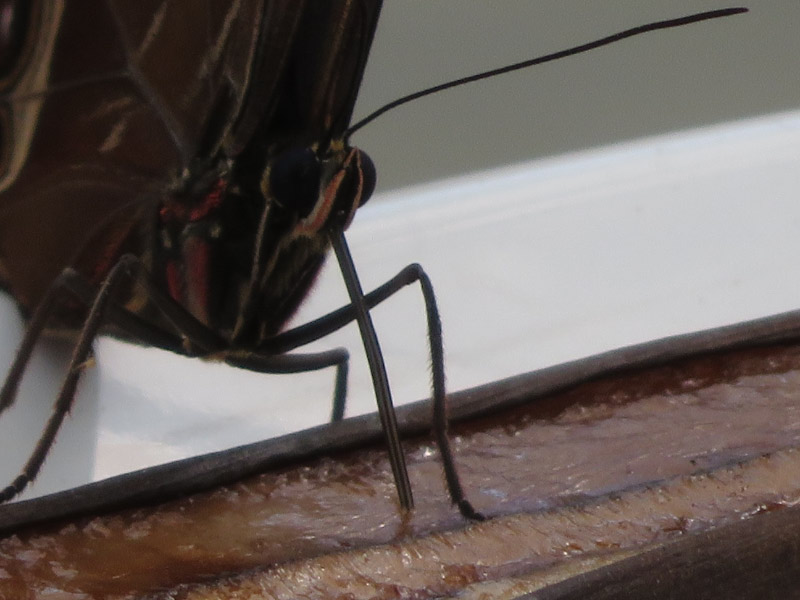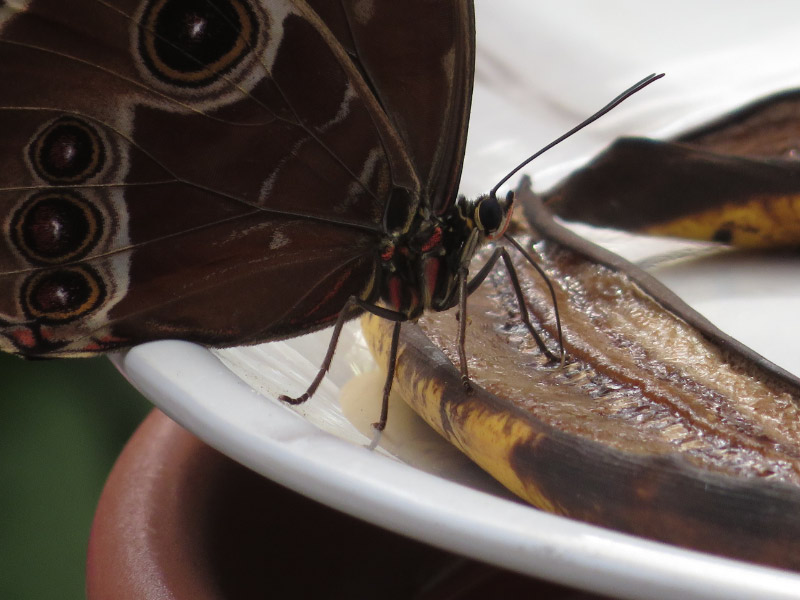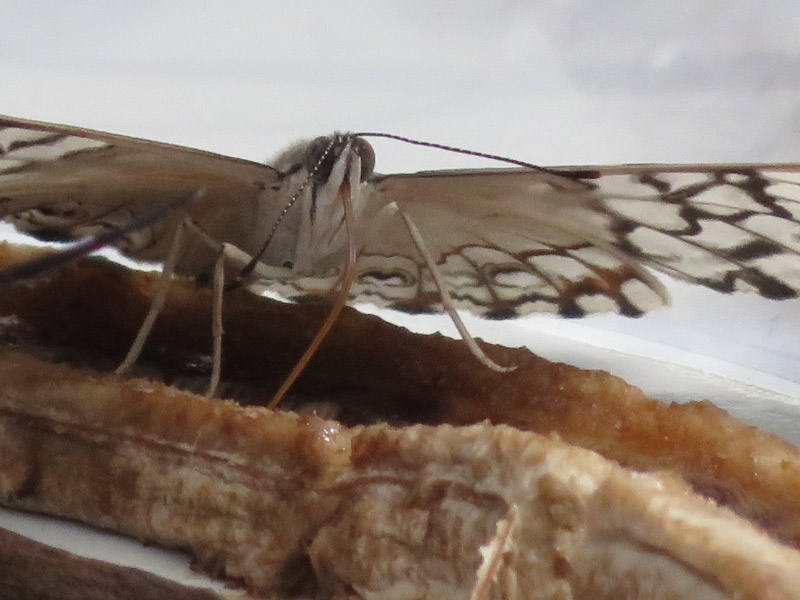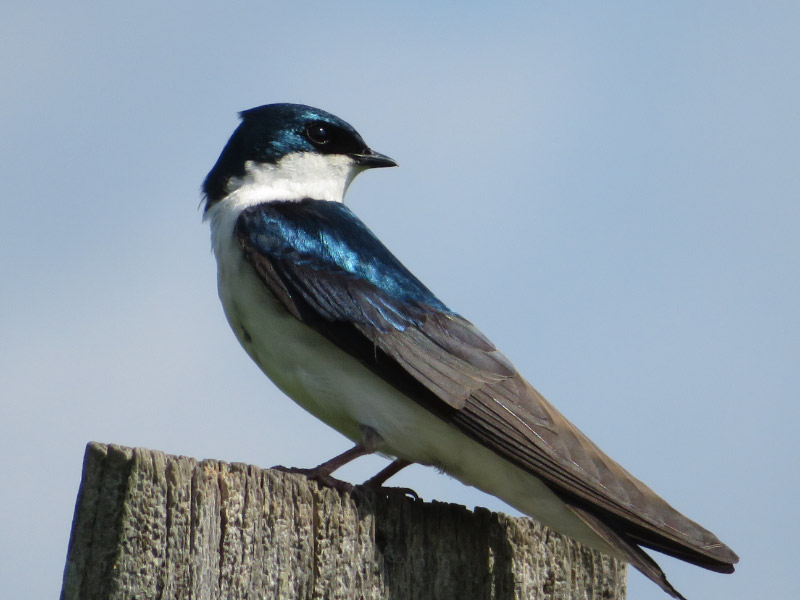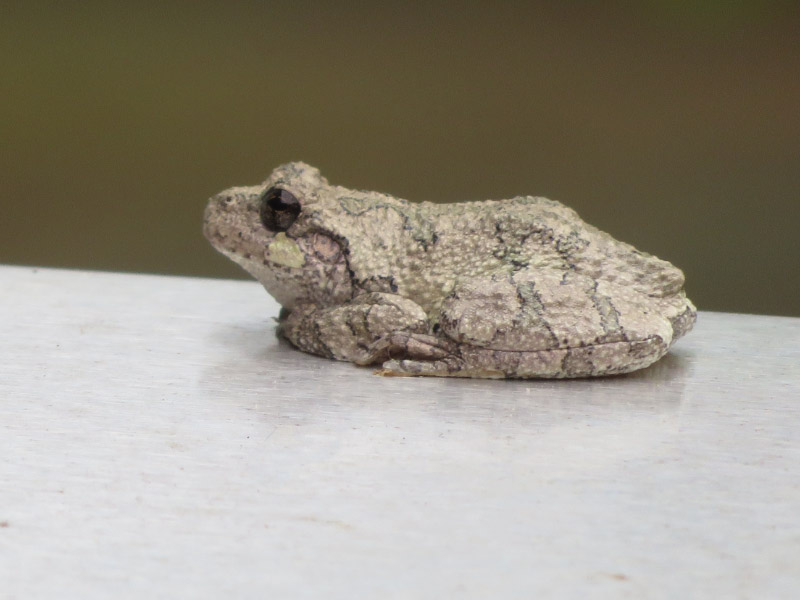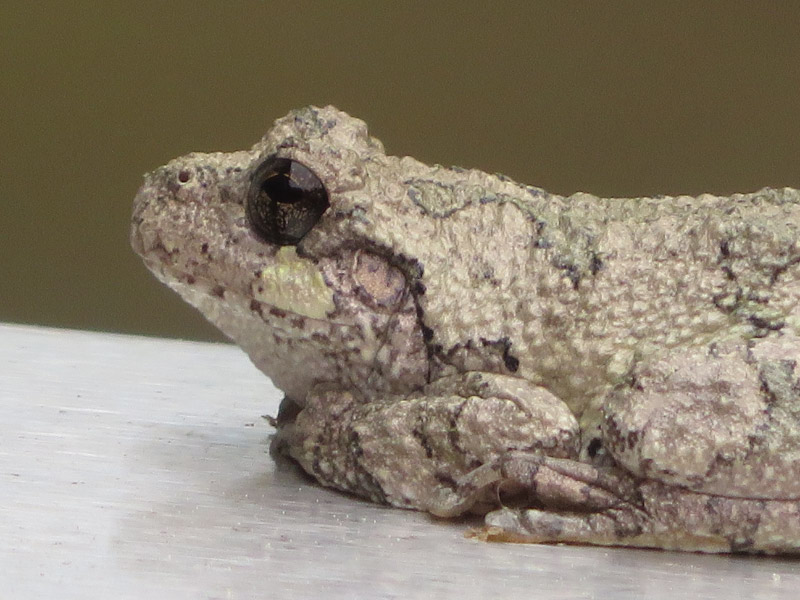eBotanical Prints – May 2018
/I am allowing myself one botanical print post in the main blog of this site each month. This is it for May – the books that contained botanical images that I read during the month. I’ll post about individual books in the eBotanicalPrints part of the site: Botanical blog. Also take a look at the Botanical eBooks list to find links to over 1,400 eBooks available free from various sources.
I read 24 botanical eBooks in May. It is always a little surprising that there are so many that I haven’t found before. In May I discovered some recent garden magazines that were made available via Internet Archive. They have great photography of cultivated plants and carry on the tradition of spreading the news about new varieties and planting designs as the books in the 1800s popularized plants from around the world.
The links to the books are below the sample image slide show.
Amaryllidaceae * Herbert, William * sample image * 1837
Les champignons de la France * Cordier, Francois Simon * sample image * 1870
Flora Parisiensis Volume 5 * Bulliard, Pierre * sample image * 1893
Die Gartenwelt, Vol 5, 1901 * Schmidt, G. (publisher) * sample image * 1901
Historia plantarum rariorum * Martyn, John * sample image * 1728
How to know the wild fruits * Peterson, Maude Gridley * sample image * 1905
Washington watchable wildflowers : a Columbia Basin guide * Camp, Pamela et al * sample image * 1997
Wild flowers of Nova Scotia * Smith, Titus; Miller, Maria * sample image * 1840
Flea Market Gardens 2015 * misc * sample image * 2015
Fine Gardening Jun 2016 * Aitken, Steve (editor) * sample image * 2016
Country Gardens Summer 2016 * Baggett, James Augustus (editor) * sample image * 2016
Country Gardens Fall 2016 * Baggett, James Augustus (editor) * sample image * 2016
Perennial Garden Ideas 2015 USA * Jimerson, Doug; Weir-Jimerson, Karen * sample image * 2015
The vegetable world : being a history of plants * Figuier, Louis * sample image * 1869
British flowering plants V1 * Boulger, George Simonds; Mrs. Henry Perrin (illustrator) * sample image * 1914
Country Gardens Spring 2016 * Baggett, James Augustus (editor) * sample image * 2016
British flowering plants V2 * Boulger, George Simonds; Mrs. Henry Perrin (illustrator) * sample image * 1914
American country homes and their gardens * Baker, John Cordis * sample image * 1906
British flowering plants V3 * Boulger, George Simonds; Mrs. Henry Perrin (illustrator) * sample image * 1914
British flowering plants V4 * Boulger, George Simonds; Mrs. Henry Perrin (illustrator) * sample image * 1914
The Nature Library - Trees * Rogers, Julia Ellen * sample image * 1926
The New Flora Britannica - Vol 1 * Edwards, Sydenham; Sansom, Francis * sample image * 1812
The New Flora Britannica - Vol 2 * Edwards, Sydenham; Sansom, Francis * sample image * 1812
Fine Gardening May 2017 * Aitken, Steve (editor) * sample image * 2017

